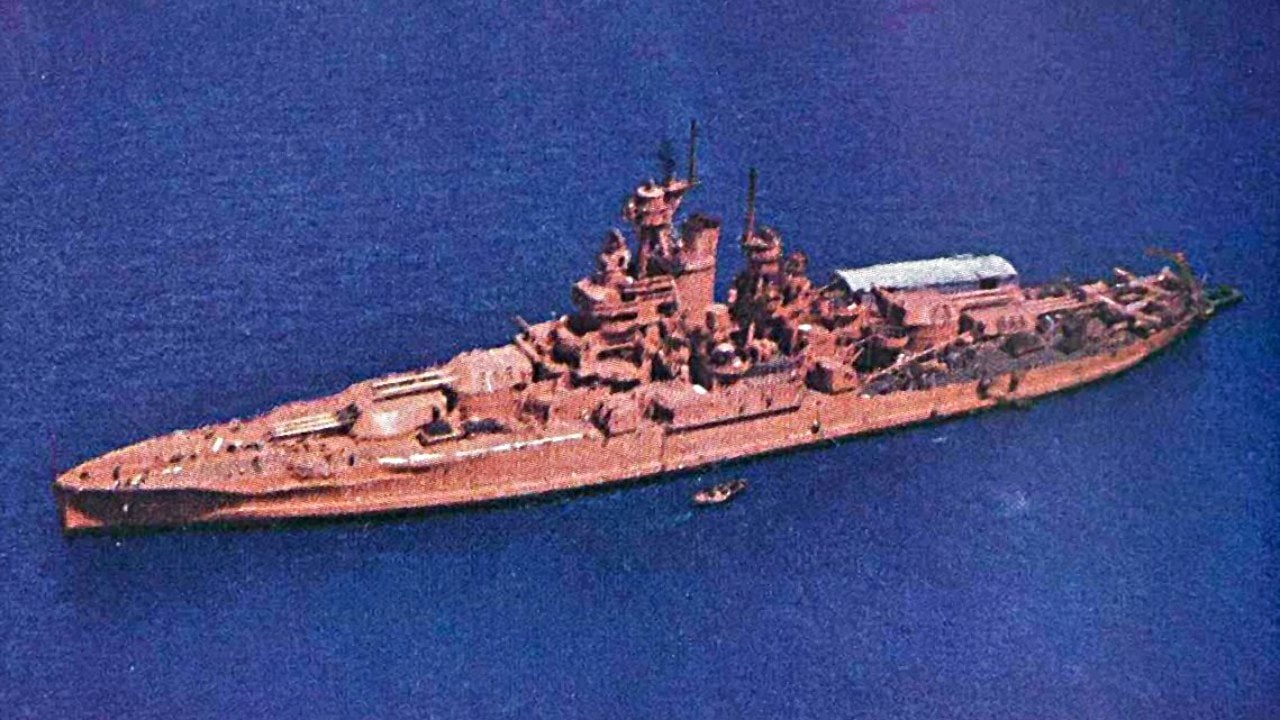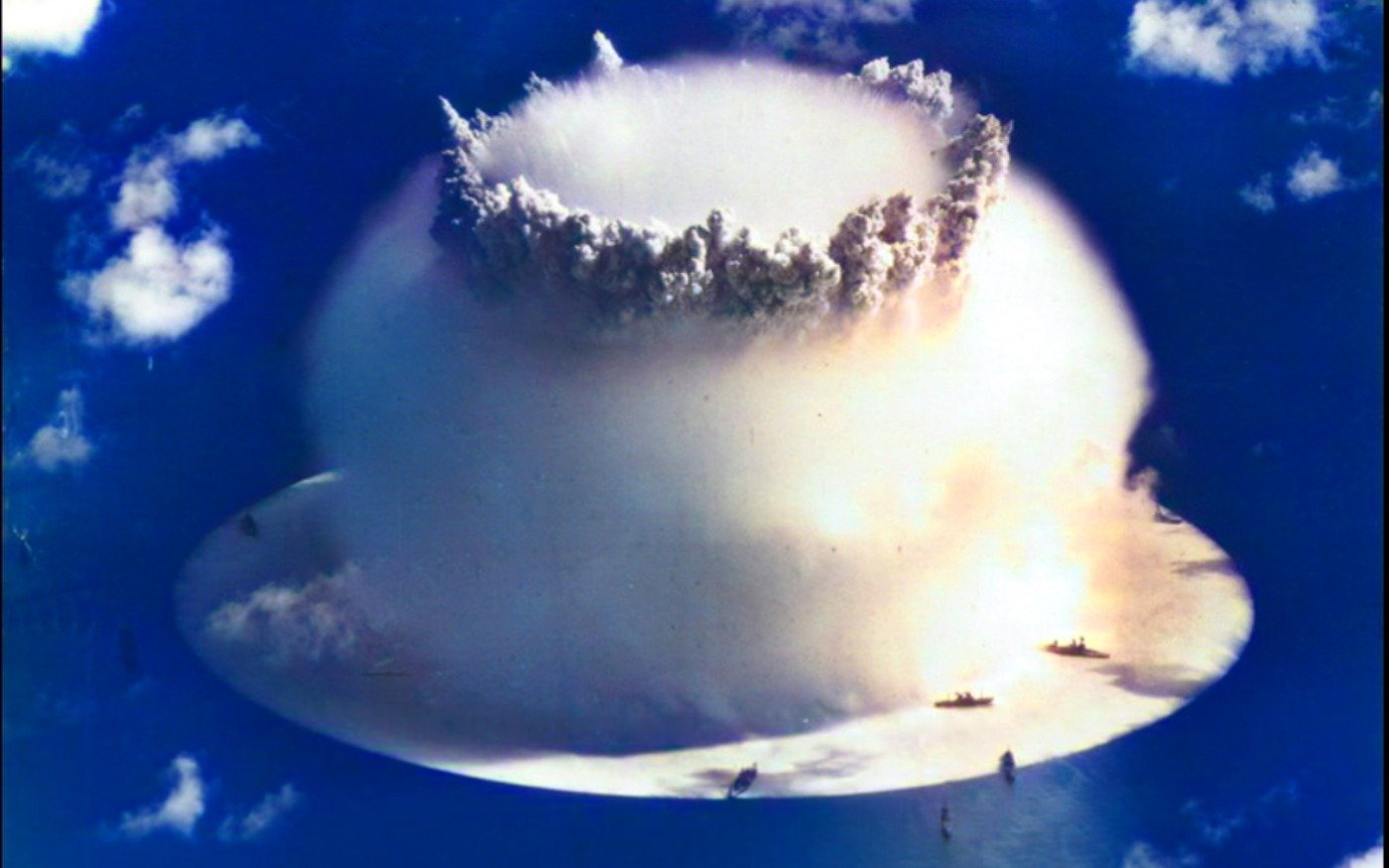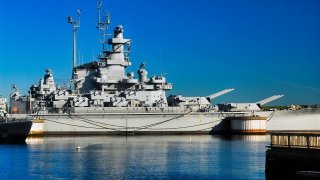A B-29 Dropped a Nuclear Bomb on a Fleet of Aircraft Carriers and Battleships
In July 1946, the U.S. conducted Operation Crossroads at Bikini Atoll to study the effects of nuclear weapons. Two tests, Able and Baker, involved detonating atomic bombs near a fleet of 95 naval vessels loaded with live animals to simulate crew exposure. The Able test on July 1 saw a 22-23 kiloton bomb dropped from a B-29, sinking five ships.
Summary and Key Points: In July 1946, the U.S. conducted Operation Crossroads at Bikini Atoll to study the effects of nuclear weapons.

Two tests, Able and Baker, involved detonating atomic bombs near a fleet of 95 naval vessels loaded with live animals to simulate crew exposure. The Able test on July 1 saw a 22-23 kiloton bomb dropped from a B-29, sinking five ships.
The Baker test on July 25 involved an underwater detonation, causing significant damage and widespread radioactive contamination, sinking eight ships. The operation highlighted the destructive power of nuclear weapons and their impact on naval vessels and potential future crew safety.
In July 1946, less than one year after dropping two atomic bombs on the island of Japan, the United States conducted Operation Crossroads—a set of nuclear weapons tests in the lagoon of Bikini Atoll. Operation Crossroads would represent the first nuclear test since Robert Oppenheimer’s infamous Trinity detonation, the previous July, and the first nuclear detonation since Nagasaki.

To test and study the effects of the still-new atomic weaponry, a target fleet of ninety-five naval vessels was placed in the lagoon, at staggered distances from the point of detonation. Making room for so many ships forced the Navy to use 10 short tons of dynamite to remove coral heads from the lagoon. The ships were placed with a density of 20 ships per square mile—far greater than permitted under U.S. military doctrine—but perfect for gauging the effects of a nuclear blast relative to distance from the blast.
Once the ninety-five testing ships were in place, and loaded with animal subjects for “diagnosis, treatment and general protection of possible future ship crews which may be exposed to this bomb,” the support fleet, consisting of over 150 ships, pulled back ten miles from Bikini atoll, and waited for the detonation.
Floating guinea pigs
At 0900 on July 1, operation test Able commenced, and an atomic bomb, named Gilda, was dropped from the B-29 Superfortress. Gilda was detonated at 520 feet of altitude, with a yield of 22-23 kilotons of damage.
Waiting in the lagoon to bear the full force of Gilda were a collection of naval vessels: battleships, aircraft carriers, cruisers, destroyers, submarines, landing ships, transports, oilers, one floating drydock, and even three Axis ships. Spread among the ships were an assortment of live animals, including 200 pigs, 60 guinea pigs, 204 goats, 5,000 rats, 200 mice, and an assortment of insects.
Five ships sank from damage sustained during the Able test (while many more suffered topside damage); two attack transports were the first to sink, two destroyers followed, sinking within a few hours, and a Japanese cruiser finally sank the next day.
Over 100 members of the press were on hand to observe the test, reporting to an audience back home that the blast’s effect on the fleet of ships was underwhelming. The coverage prompted a response from James Forrestal, secretary of the Navy, who said that military vessels are difficult to sink unless they sustain underwater damage—a theory that would tested in the second Bikini test, three weeks later.
World’s first underwater nuclear detonation
The second nuclear test conducted at the Bikini Atoll was conducted on July 25, when a nuclear weapon was tied beneath a landing craft. The weapon was detonated at a depth of 90 feet underwater. The ships sustained damage from water pressure (rather than air pressure), causing eight ships to sink. More significantly, perhaps, the explosion expelled gallons and gallons of radioactive water onto the decks of the vessels, causing widespread contamination. Most of the ships were eventually scuttled after decontamination efforts failed.
About the Author: Harrison Kass
Harrison Kass is a defense and national security writer with over 1,000 total pieces on issues involving global affairs. An attorney, pilot, guitarist, and minor pro hockey player, Harrison joined the US Air Force as a Pilot Trainee but was medically discharged. Harrison holds a BA from Lake Forest College, a JD from the University of Oregon, and an MA from New York University. Harrison listens to Dokken.
All images are Creative Commons.


